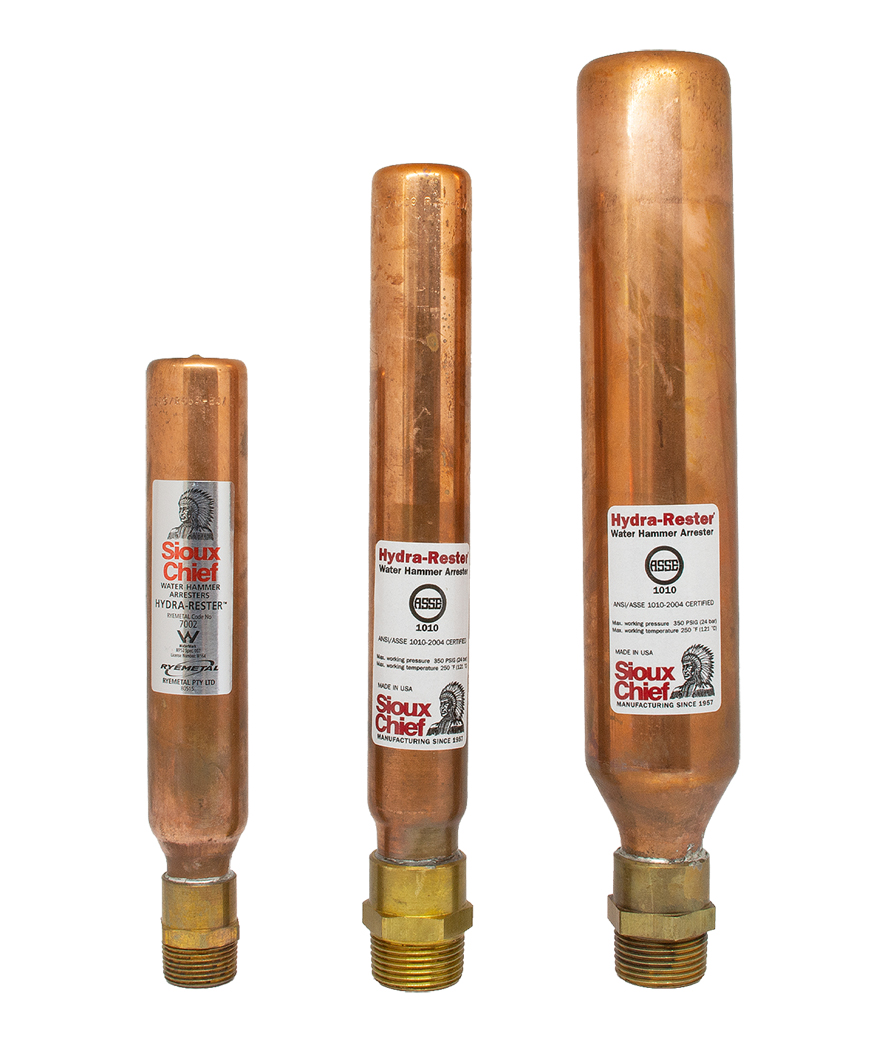Water hammering is a common plumbing woe, but with Sioux Chief’s innovative solutions, homeowners can enjoy a quieter and more efficient plumbing system.
Water hammering, often likened to a loud banging or knocking noise in plumbing systems, can be a disruptive and frustrating issue for many homeowners. This phenomenon occurs when water flow is suddenly interrupted, causing a shockwave to travel through the pipes. As the shockwave collides with fittings, bends, or valves, it results in the distinctive noise associated with water hammering. Beyond the audible annoyance, water hammering can lead to potential damage to pipes and fixtures if left unaddressed. Fortunately, Sioux Chief offers effective solutions to mitigate and fix this common plumbing problem.

What Causes Water Hammering?
Water hammering is primarily caused by the sudden stop or change in direction of water flow within the plumbing system. This abrupt change creates a surge of pressure, leading to vibrations and noise. Common scenarios that trigger water hammering include rapidly closing taps, sudden valve closures, or the operation of appliances like washing machines and dishwashers. The phenomenon is more pronounced in systems with high water pressure.
Identifying Water Hammering Issues
Loud Banging Noises: The most obvious sign of water hammering is the loud, repetitive banging or knocking sounds emanating from the pipes.
Vibrations: Feel for vibrations in the pipes or plumbing fixtures when water is abruptly turned off.
Leakage or Damage: Prolonged water hammering can result in leaks or damage to pipes, fittings, and fixtures.

Sioux Chief’s Water Hammer Arrestors
To address water hammering effectively, Sioux Chief offers a range of water hammer arrestors designed to absorb the shockwaves and prevent noisy disturbances. These devices act as shock absorbers, cushioning the impact of abrupt water flow changes. One notable product is the Sioux Chief Mini-Rester Water Hammer Arrestor, available for both residential and commercial applications.
Learn more about the Sioux Chief Range here

